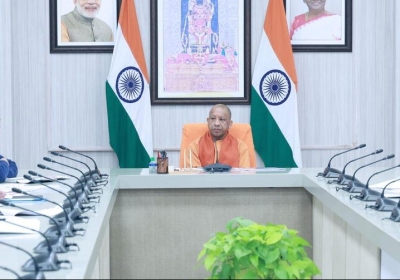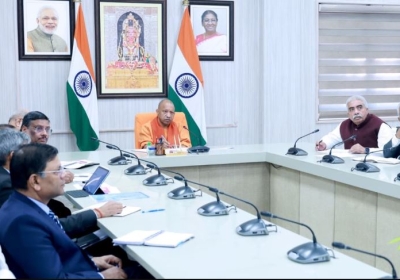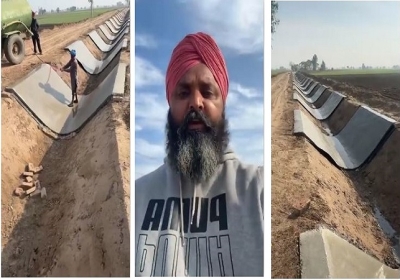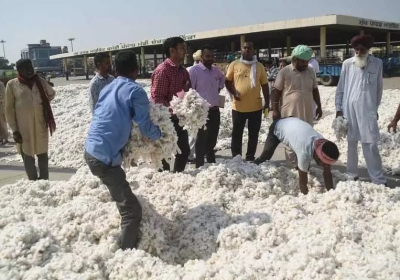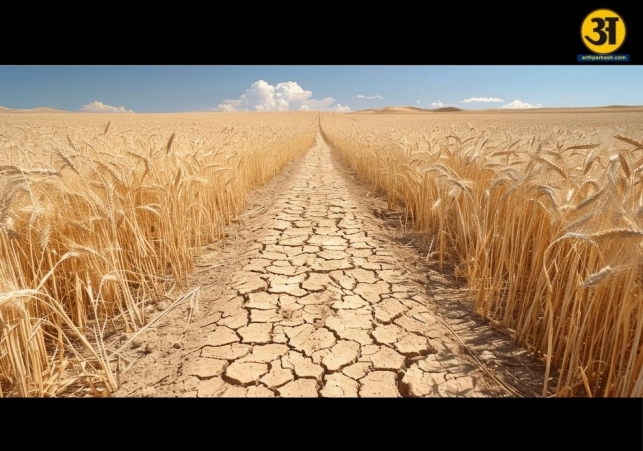
Why water shortage threatens the World’s food supply
Water scarcity and its impact on global food security
- By Gurmehar --
- Friday, 04 Jul, 2025
Water is one of the most important resources for life. We need it for drinking, growing food, and raising animals. But many places in the world do not have enough clean water. This problem is called water scarcity, and it is a growing global issue. Water scarcity not only affects people’s health, but also food security—our ability to grow enough food for everyone.
What is water scarcity?
Water scarcity happens when there is not enough fresh water to meet people’s needs. There are two main types:
-
Physical scarcity – not enough water in rivers, lakes, or underground.
-
Economic scarcity – water is available, but people cannot access it due to poor systems or money issues.
According to the United Nations, over 2 billion people live in countries with high water stress.
How water is connected to food
Water is needed at every step of food production:
-
To grow crops like rice, wheat, and vegetables.
-
To raise animals like cows and chickens (they drink water and need food grown with water).
-
To process, cook, and clean food.
In fact, agriculture uses about 70% of the world’s fresh water supply, says the Food and Agriculture Organization (FAO).
How water scarcity affects food security
When there is not enough water, it becomes harder to grow food. This can lead to:
-
Lower crop yields – Crops like rice and maize need a lot of water. Without it, harvests become smaller.
-
Rising food prices – Less food means higher prices. This hurts poor families the most.
-
Animal deaths and poor health – Livestock suffer when they don’t get enough water or food.
-
Hunger and malnutrition – Water shortages can lead to food shortages, which cause hunger in many parts of the world.
According to a World Bank report, water scarcity could reduce food production by 15–20% in some regions by 2050 if no action is taken.
Climate hhange makes it worse
Climate change is making water scarcity worse. Hotter temperatures and less rainfall dry up rivers and farmland. Droughts are becoming more common and more intense in countries like India, Ethiopia, and Australia.
Floods, on the other hand, may damage crops and wash away soil nutrients—also hurting food production.
ALSO READ: Plant-Powered: Unveiling the Benefits of a Vegan Diet
ALSO READ: Microplastics in food packaging pose hidden health risks, studies warn
What can be done?
To solve water scarcity and protect food security, we need to:
-
Use water wisely – Farmers can use drip irrigation and rainwater harvesting to save water.
-
Grow drought-resistant crops – These crops need less water and survive better in dry areas.
-
Fix water systems – Leaks in pipes and poor planning waste a lot of water.
-
Educate communities – People can learn how to save water at home and on farms.
Governments, scientists, and citizens must work together to manage water better.
Water and food are deeply connected. Without enough water, we cannot grow enough food. As the world’s population grows, and climate change continues, saving water is more important than ever. Protecting water means protecting the future of food for everyone.

